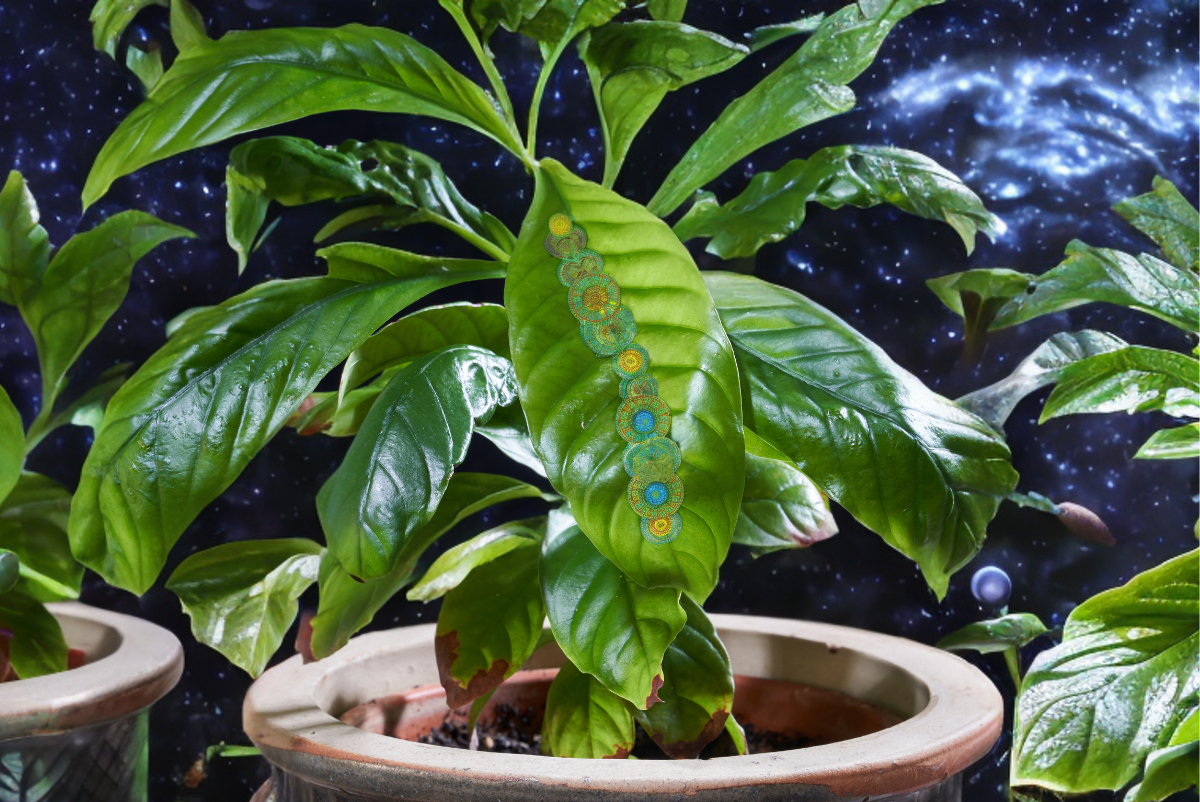
Throughout history, various plants have been revered for their psychoactive properties, offering humans a gateway to altered states of consciousness and spiritual experiences. Dimethyltryptamine (DMT) is a powerful psychedelic compound that can be found in small trace amounts in most living things in the world, but there are certain species of plant that contain relatively higher concentrations of the powerful hallucinogen. In this article, we will delve into some fascinating plants that contain DMT.
Mimosa spp.
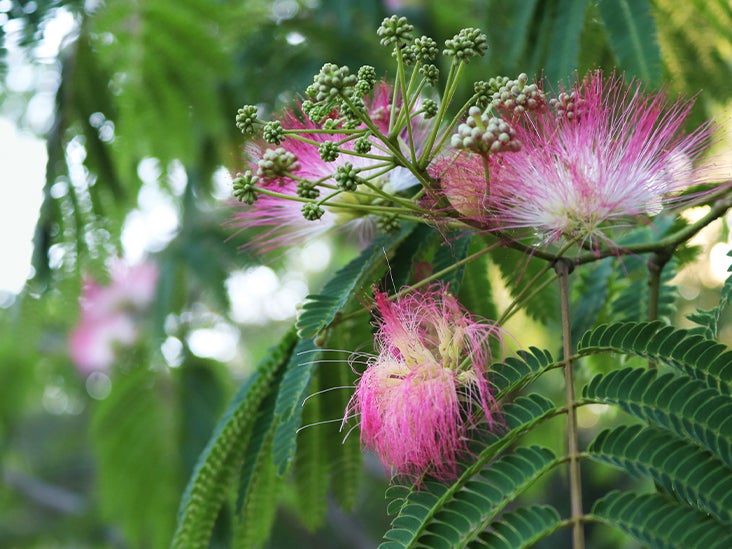
Mimosa spp. are a genus of plants containing more than 400 species. The most popular one is Mimosa hostilis, which is native to the neortheastern region of Brazil but can also be found in El Salvador, Honduras, Panama, Colombia, Venezuela, and as far as Mexico. M. hostilis is one of the most common plants used by psychonauts in DIY DMT extractions. The plant contains DMT in its root bark, with the stem bark having much lower concentrations.
Acacia spp.

Acacia, a genus of flowering plants found in different regions of the world, has a long-standing history of use in indigenous cultures. There are over many Acacia species that have been identified to contain DMT, with some including Acacia confusa and Acacia acuminata. Indigenous communities have long utilized these plants for spiritual and medicinal purposes, often through brewing teas or consuming preparations that induce visionary experiences.
Anadenanthera spp.
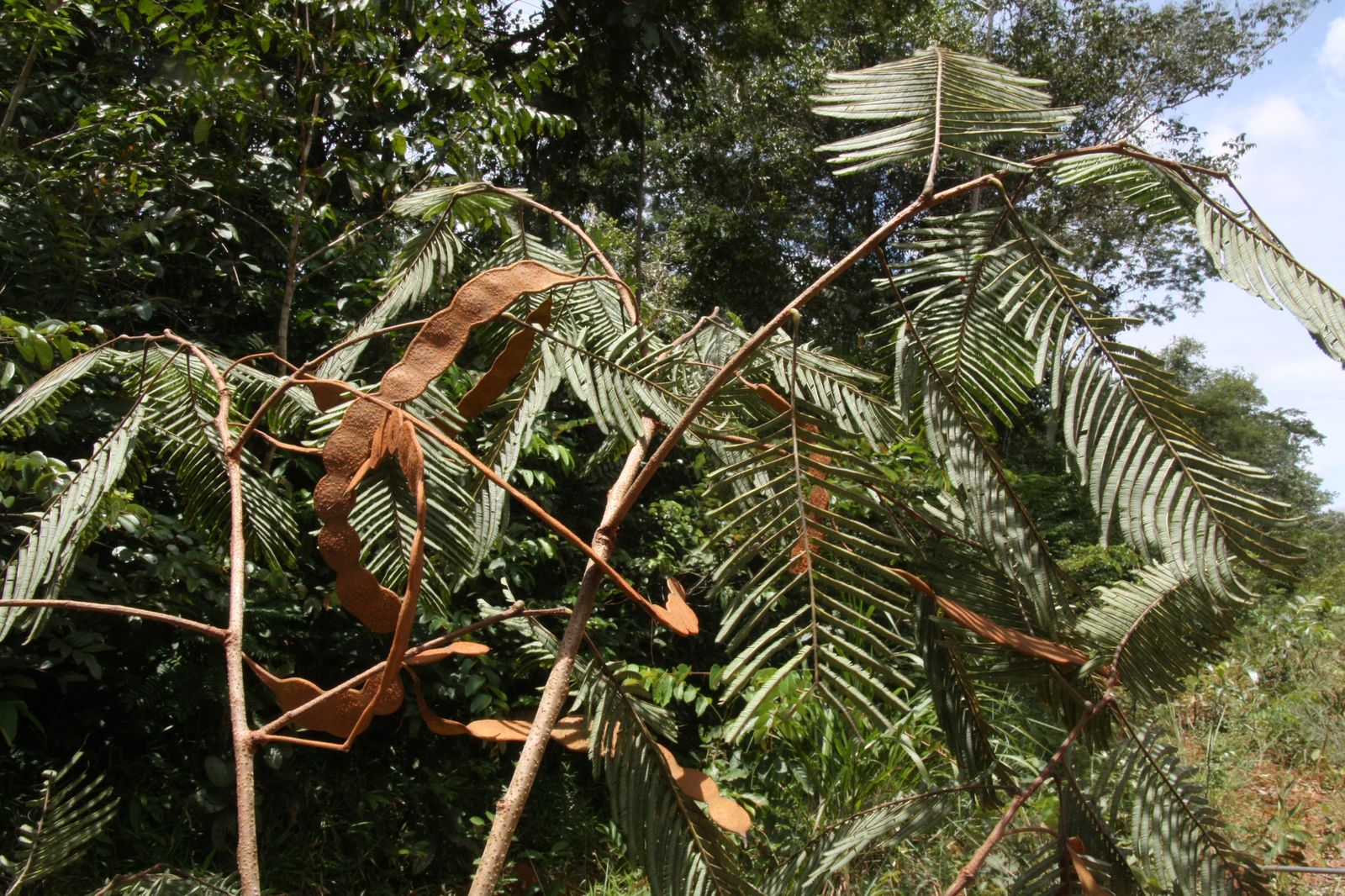
Anandenanthera is a genus of trees commonly known as Yopo that are native to South America and also found in the Caribbean. The seeds of Anadenanthera peregrina, a species of Yopo, contain significant amounts of DMT. Aside from DMT, the beans of this tree also contain concentrations of bufotenine and 5-MeO-DMT. In traditional ceremonies, these seeds are often pulverized and inhaled as a snuff called cohoba, resulting in intense visions and insights.
Psychotria viridis
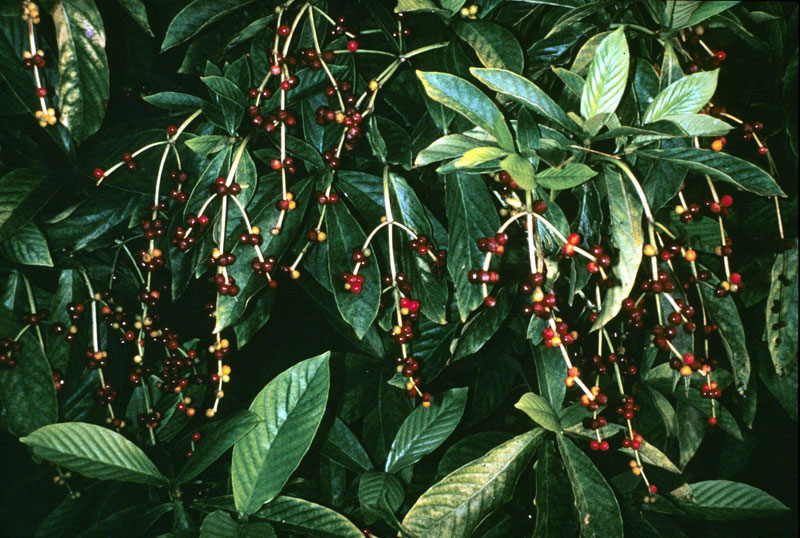
Psychotria viridis, commonly known as chacruna, is a shrub indigenous to South America that can be found in the Amazon rainforest or other tropical regions around the world. Chacruna is well-known for being one of the primary companion plants used in ayahuasca preparations to augment the potency of DMT. The leaves of Chacruna contain DMT and play a crucial role in ayahuasca ceremonies by complementing the MAO-inhibiting properties of the ayahuasca vine. The leaves are simmered along with Ayahuasca vibes to produce a dense, dark liquid brew to induce intense psychedelic experiences.
Arundo donax
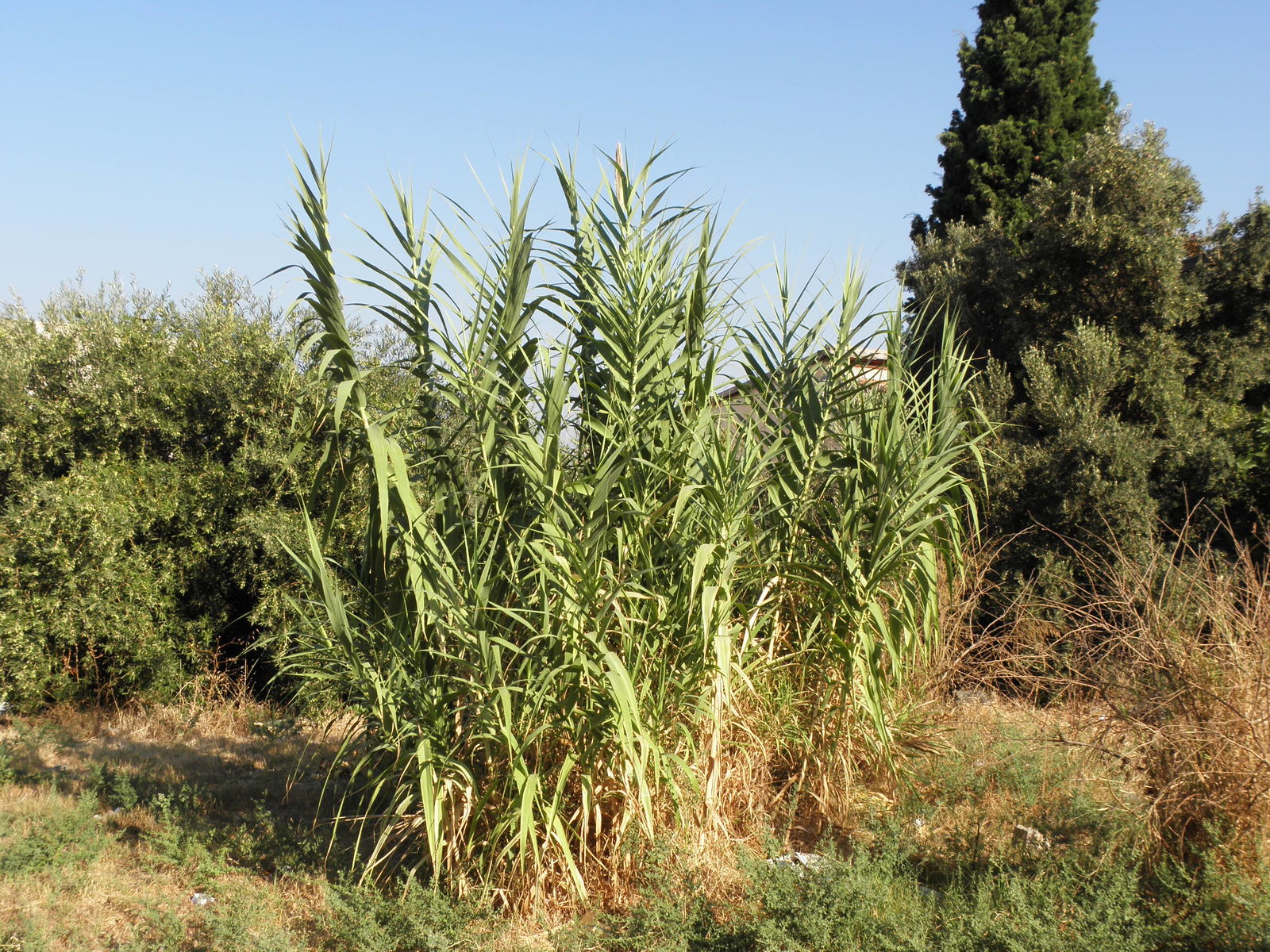
Arundo donax, also known as giant cane, elephant grass, Spanish cane, wild cane, and among other names can be commonly found near riverbanks. This plant contains DMT, 5-MeO-MMT, 5-MeO-NMT, and bufotenine and has been historically associated with medicinal use. It is an intriguing addition to the list of DMT-containing plants, though its significance in spiritual practices is not as well-documented as some other plants on this list.
Desmanthus illinoensis

Native to North America, Desmanthus illinoensis, also known as Bundleflower, is recognized for its DMT content in its roots and leaves. Historically, some Native American tribes have used this plant in medicinal context, but its usage is relatively less widespread compared to other entheogenic plants. The plant can be found throughout parts of the Eastern United States, with it being common in Florida, North Dakota, and Pennsylvania, along with Texas.
Diplopterys cabrerana

Diplopterys cabrerana, commonly known as chagropanga or chaliponga, is a vine found in the Amazon rainforest that contains high concentrations of DMT and is often used in conjunction with ayahuasca to enhance the brew’s potency. Diplopterys cabrerana and Psychotria viridis are the two of the most common plants used in ayahuasca brews. The leaves of the plant can also serve as an MAOI. This plant is popularly used to make DIY DMT extractions.
Virola spp.

Virola is a genus of tress native to the South American rainforest. The trees are commonly known as epená, patricá, and cumala, and over 10 species in the Virola genus contain DMT. While cluster of small yellow flowers emit a pungent odor, but the resin obtained from the bark, along with leaves, and roots of Virola species contains varying amounts of DMT and 5-MeO-DMT. It is often used as a snuff or mixed with other plants to create psychedelic brews.
Phalaris aquatica
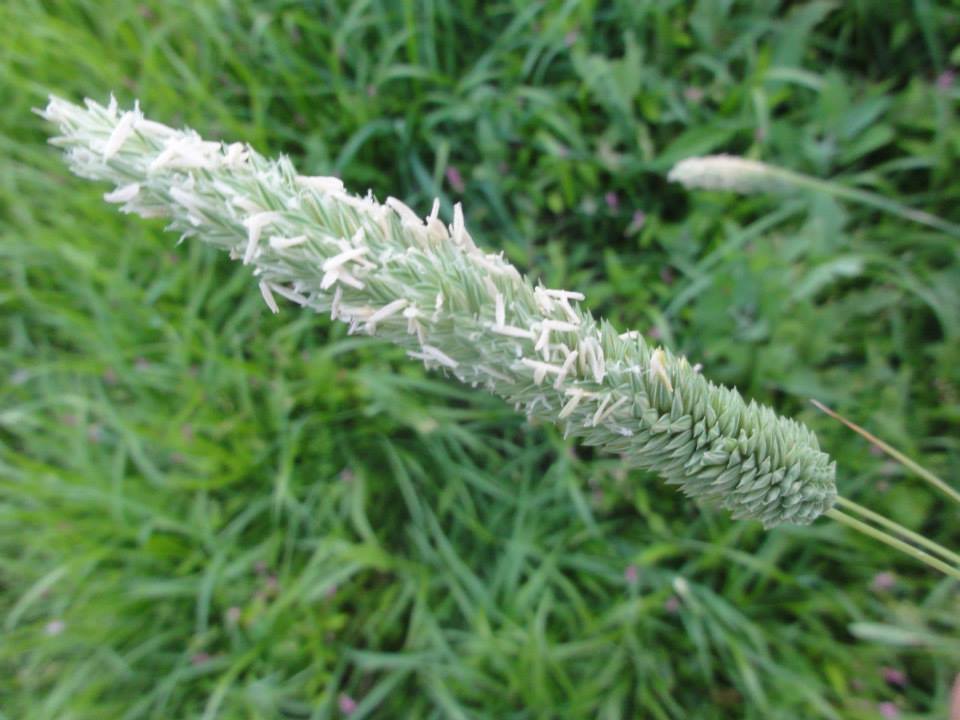
Phalaris aquatica is a common plant found almost everywhere in the world in a wide array of landscapes, primarily preferring marshes. Studies have found that seedlings of this grass contain DMT, as well as 5-MeO-DMT, and bufotenine. What differentiates this plant from others on the list is that it is not considered particularly safe to make ayahuasca or DIY DMT extractions. Wild animals who graze on this plant develop a series of adverse effects like tremors and even death due to a condition called “Phalaris staggers.” It is best to leave this one alone.
Phragmites australis
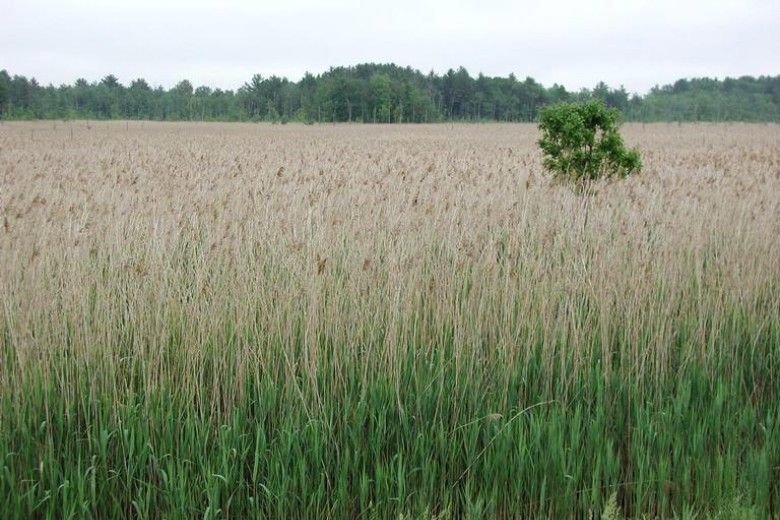
Lastly, Phragmites australis, commonly known as the Common Reed, is a widespread invasive plant found in wetlands and along water bodies. All parts of the plant contain traces of DMT, 5-MeO-DMT, and bufotenine. Aside from psychedelic uses, it is also often used in other ways too, such as using it as roofing, creating eco-friendly straws with it, cleaning contaminated water, and serving as a food source. This plant can often be confused with other DMT plants that live near water such as Phalaris aquatica and Arundo donax.





